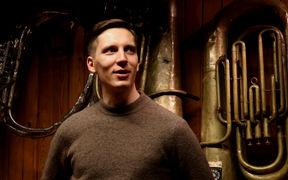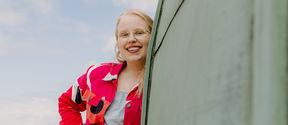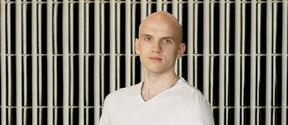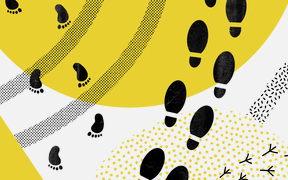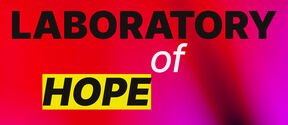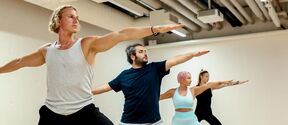Why is The Retuperä Voluntary Fire Brigade Band important to you?
Before I moved to Otaniemi, I used to see Retuperä on the hill in Ullanlinna, and I used to participate in the fire brigade concerts. Retuperä has always been both close to my heart. When Retuperä is there, there is also a festive atmosphere.
What inspires me about Retuperä is that quite a many orchestras spend a lot of time on intonation and playing in tune. We don’t spend time on those things in Retuperä, and that's why Retuperä is able to make music much more than many other inferior orchestras.
What was your path to Retuperä and Aalto?
I'm coming up on seven years in the fire service, and three years at Aalto as a student of information networks. A friend of mine played in Retuperä seven years ago, and we were at a mutual friend's birthday party. Late in the evening, she was leaving for a Retuperä gig, and I asked if I could come along. I didn't have an instrument or anything else with me.
We went to a gig in Smökki, I put on a robe and helmet, took a horn from the wall, and played without sheet music. And it wasn't the first or the last time a new player would come to Retuperä without practice or sheet music.
I never dared to leave Retuperä. And after I had played in the fire brigade for a few years, I thought that maybe it would be good to have some excuse to spend so much time in Otaniemi. I decided it was time to apply to study at Aalto.
I studied French horn professionally before moving to Aalto. When I was doing my military service in the conscript band, there opened an opportunity to take a conducting course. It went quite well, and a couple of years later the artistic misleader of Retuperä was about to retire. I was interested, and in the end, I was selected.
What's it like to walk in Audio Dubbado's shoes?
I can be seen walking from backstage to the concert stage. Everything is ready at that point, from rearranging the music to rehearsing the orchestra to selling tickets. I can just walk in and enjoy myself, there is no more stress. It's really rewarding. During the concert, we can concentrate on making newer French horn music.
But that walking also involves the many rehearsals in Smökki. The hardest part is maybe a few months before the concert, when everything is still in the works, and tickets are not on sale yet. That's where we see all the effort and pain of getting the orchestra to play as well as possible. That's when it can get a bit tense.








